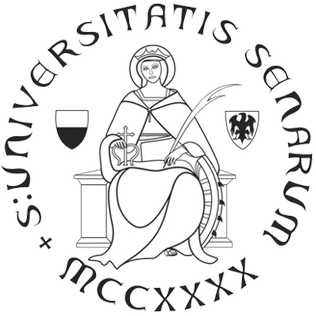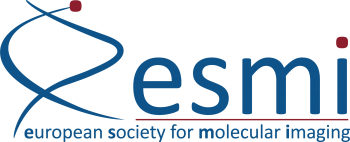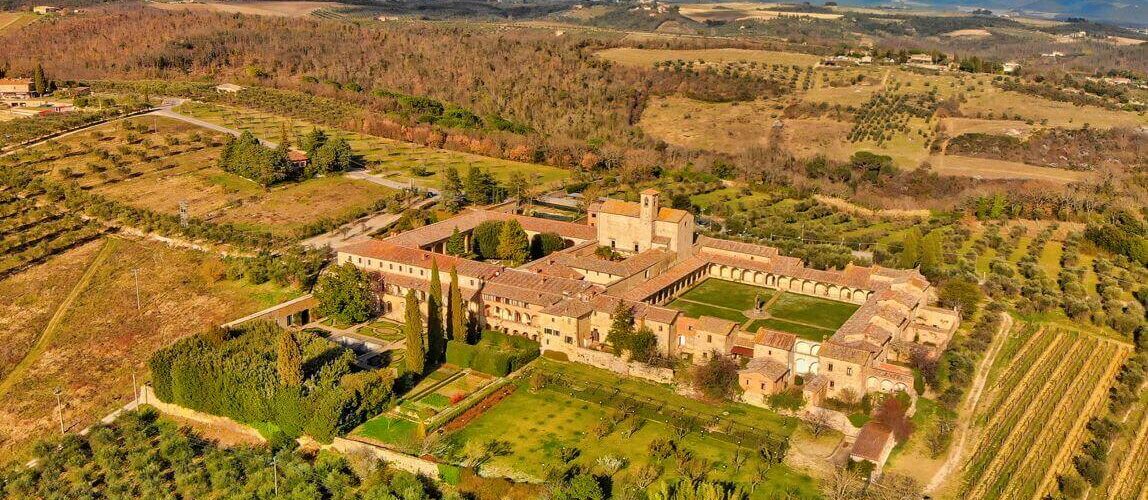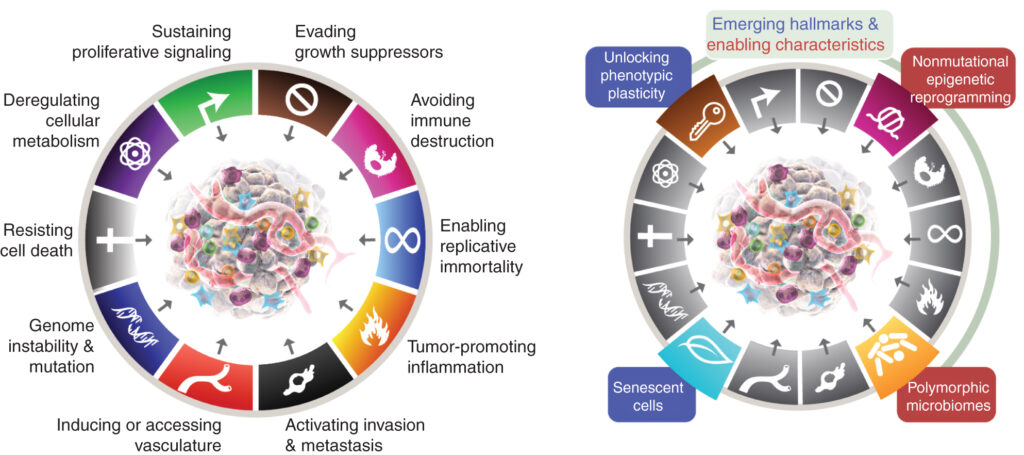+++ Final Programme is Available ++
Imaging the Hallmarks of Cancer – NEW DIMENSIONS
TOPIM 2024 | Edition #15
- Date: 26-30 August 2024
- Venue: Certosa Di Pontignano – Siena, Italy
A thematic, one-week, residential conference at the cutting edge of science in an unique, inspiring location.
TOPIM “hot TOPics in IMaging Science” is the thematic conference of the European Society for Molecular Imaging. From 2007 to 2020, it took place in winter at the Ecole de Physique des Houches in France.
Due to the pandemic situation, TOPIM did not take place from 2021 to 2023 and is now back – in late summer in the beautiful surroundings of Tuscany.
The Concept
The idea is simple yet challenging: choose a “hot” topic in imaging science, bring together a group of international scientists from different disciplines and career stages to spend one week in a unique, beautiful, and inspiring place to discuss science and open up new horizons!
The Theme
After the first TOPIM edition on “Imaging the Hallmarks of Cancer” in 2013, it is time for an update!
Advances in non-invasive imaging and revolutionised medical care have improved tumour detection and the survival of cancer patients. Over the last decade, significant progress in fundamental understanding of cancer biology, resulted in innovative interventions and set new demands also for imaging science and technologies.
The next challenge in non-invasive cancer imaging will be to detect and report on the biological hallmarks of cancer as defined by Hanahan and Weinberg. This challenge demands the development of new imaging technologies and principles for the visualisation and treatment of cancer.
+++ Final Programme is Available ++
The History of the Hallmarks of Cancer
With the introduction of the hallmarks of cancer in 2000, Hannahan and Weinberg defined essential molecular processes that depict the fate of a tumour cell – reference: (1) Hallmarks of cancer. Cell. 2000 Jan 7;100(1):57-70. doi: 10.1016/s0092-8674(00)81683-9.
Via an update in 2011, they added two hallmarks and two enabling processes – reference: (2) Hallmarks of cancer: the next generation. Cell. 2011 Mar 4;144(5):646-74. doi: 10.1016/j.cell.2011.02.013.
In 2022, Hannahan expanded even further, exemplifying the complex nature of cancer and the importance of these pathways for therapy – reference: (3) Hallmarks of Cancer: new dimensions. Cancer Discov 2022;12:31–46, doi: 10.1158/2159-8290.CD-21-1059.
Left, the Hallmarks of Cancer currently embody eight hallmark capabilities and two enabling characteristics. In addition to the six acquired capabilities—Hallmarks of Cancer—proposed in 2000 (1), the two provisional “emerging hallmarks” introduced in 2011 (2)—cellular energetics (now described more broadly as “reprogramming cellular metabolism”) and “avoiding immune destruction”—have been sufficiently validated to be considered part of the core set. Given the growing appreciation that tumors can become sufficiently vascularized either by switching on angiogenesis or by co-opting normal tissue vessels (128), this hallmark is also more broadly defined as the capability to induce or otherwise access, principally by invasion and metastasis, vasculature that supports tumor growth. The 2011 sequel further incorporated “tumor-promoting inflammation” as a second enabling characteristic, complementing overarching “genome instability and mutation,” which together were fundamentally involved in activating the eight hallmark (functional) capabilities necessary for tumor growth and progression.
Right, this review incorporates additional proposed emerging hallmarks and enabling characteristics involving “unlocking phenotypic plasticity,” “nonmutational epigenetic reprogramming,” “polymorphic microbiomes,” and “senescent cells.” The hallmarks of cancer graphic has been adapted from Hanahan and Weinberg (2).
Keynote Speakers
- Douglas Hanahan, Lausanne
- Hellmut Augustin, Heidelberg
- Zaver Bhujwalla, Baltimore
- Jan Böttcher, Munich
- Ralph DeBerardinis, Dallas
- Jolanda de Vries, Nijmegen
- Raghu Kalluri, Houston
- Bernd Pichler, Tübingen
- Hidde Ploegh, Boston
- Yvette van Kooyk, Amsterdam
The Committee
- Michal Neeman – Rehovot, Israel (Chair)
- Fabian Kiessling – Aachen, Germany
- Kevin Brindle – Cambridge, UK
- Jolanda De Vries – Nijmegen, The Netherlands
- Bernd Pichler – Tübingen, Germany
- Silvio Aime – Torino, Italy
- Nicola Di Stefano – Siena, Italy
- Margret Schottelius – Lausanne, Switzerland
Timeline
- 3 April | Opening (pre-) Registration
- 3 April | Opening Abstract Submission
- 14 May | Abstract Deadline
- 16 May | Information to pre-registered attendees (without an abstract) on attendance yes/no
- 28 May | Notification to Presenters
- 26-30 August | TOPIM 2024
Good to know
- All attendees are accommodated at the Certosa Di Pontignano where also lectures and meals will take place.
- The registration fee includes accommodation and meals (breakfast, lunch, dinner, coffee breaks).
- All attendees are asked to stay for the entire duration of the conference.
- Participation is limited to 80.
- Priority is given to all who submit an (accepted) abstract.
Location
 Venue
Venue- Certosa di Pontignano,
- Località Pontignano, 5
- 53019 Castelnuovo Berardenga, Siena Italy



